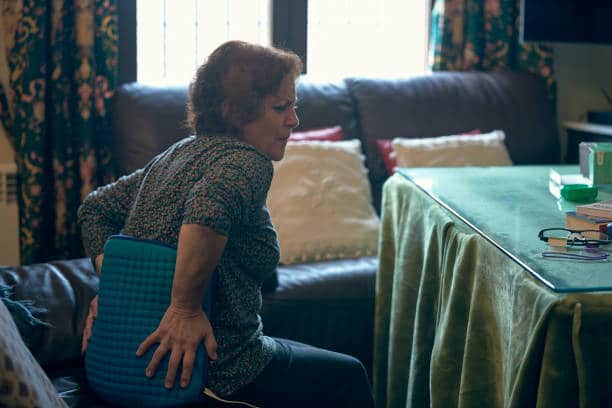Using a heating pad can bring immense relief to sore muscles and aching joints, but how long should you really use one? The magic number here is 15-30 minutes. However, the question isn’t just about time; it’s also about how to use a heating pad safely and effectively. Let’s dig in.
The Science Behind Heat Therapy
Heat therapy enhances blood circulation by directing heat to targeted areas of the body, leading to expanded blood vessels and muscle relaxation. The process also helps to flush out lactic acid build-up, often seen after strenuous exercise. Unlike cold therapy, which generally focuses on reducing inflammation, heat therapy can zero in on specific muscle groups or even be used for full-body relief.

Types of Heat Therapy
- Moist Heat Treatment: This involves using warm or hot water, either through immersion or hot water-soaked cloths. The key is to keep the temperature moderate, between 33°C to 38°C, to avoid skin damage.
- Dry Heat Treatment: This approach includes electric heating pads, hot water bottles, and chemical heat packs. The crucial point here is to wrap the heat source in a cloth to prevent burns.
Heat therapy can offer relief from chronic muscle and joint pain but should be avoided for fresh injuries, like sprains or bruises, as it could worsen the condition.
Why Heating Pads Are Great for Back Pain
A heating pad is particularly useful for back pain because it promotes increased circulation, which in turn helps with muscle recovery, inflammation reduction, and stiffness relief. The advantage of heating pads is that they offer a stable, consistent heat source, unlike hot baths whose water temperature can fluctuate.
| Purpose of Using Heating Pads | Recommended Duration (in minutes) |
| To prevent burns | 15-30 |
| For minor back pain | 15-20 |
| For severe injuries | 30-120 or more |
The Risks of Extended Use
Long exposure to a heating pad can indeed dilate blood vessels and speed up nutrient and oxygen delivery to damaged areas. However, extreme caution is advised:
- Temperature: Do not use the heating pad at its highest setting to avoid skin burns.
- Duration: Excessive, prolonged use can result in adverse health issues, such as high blood pressure and muscle damage.
- Special Conditions: Pregnant women and those with specific health conditions should exercise extra caution, considering some tragic events have been associated with the misuse of electric blankets.
Tips for Safe Usage
If you’re looking to include heat therapy in your pain management routine, here are some guidelines:
- Limit use to 15-30 minutes per hour.
- Avoid using a heating pad on numb areas; you might not feel a burn until it’s too late.
- Always place a cloth between the heating pad and your skin.
- Apply topical ointments like BenGay only after using the heating pad.
If you experience chronic pain that affects your daily activities, or if a recent injury doesn’t improve with ice and rest, consult a healthcare professional for advice.
Conclusion
Heating pads are a convenient, effective way to deal with intermittent discomfort and minor aches. However, moderation is key; prolonged use can have adverse effects. If you run into any health issues while using a heating pad, consult a medical professional promptly.
By sticking to these guidelines, you can enjoy the benefits of heat therapy while minimizing any risks.

Editorial Staff
Our writers, editors, content managers, and SEO specialist. We all take part in crafting amazing articles. We spend hours ensuring that each article is based on facts, researched, and thorough. You'll never want to click the back button to look for more answers other than here!
